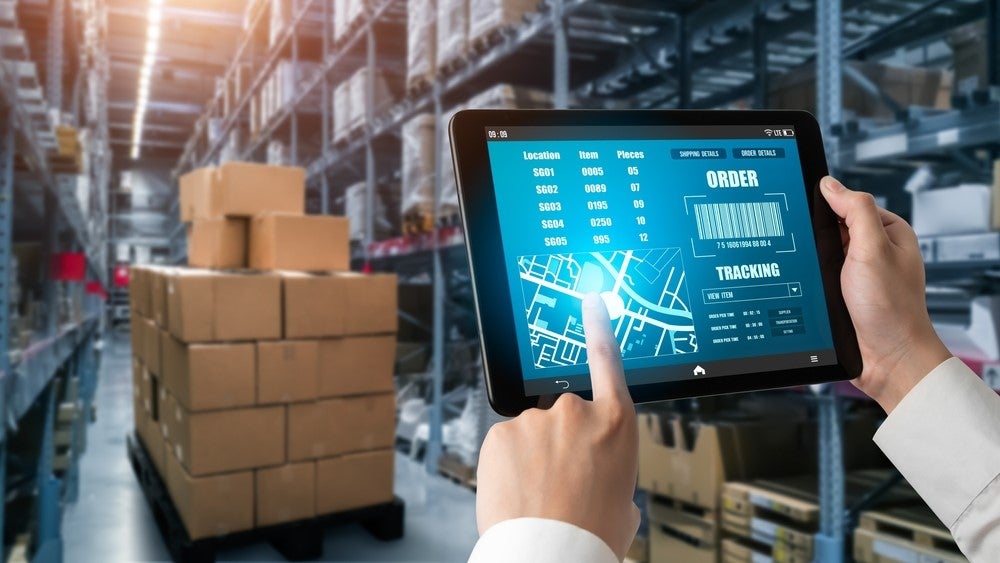Under pressure to find solutions to its environmental sustainability problem, the packaging industry has found that the internet of things (IoT) holds particular potential.
GlobalData, Packaging Gateway’s parent company, defines IoT as “the use of connected sensors and actuators to control and monitor the environment, the things that move within it, and the people that act within it.”
Sustainable packaging company Priory Direct, which supplies 2,000 products to over 21,000 businesses, is familiar with the industry’s pain points. Its managing director Josh Pitman spoke to Packaging Gateway about IoT’s potential in the packaging sector.
How is IoT most often seen in the packaging sector?
Josh Pitman: The big players of the global packaging industry have been investing in and leveraging IoT to improve efficiencies and myriad other business benefits for some years. Data is the key to unlocking efficiencies and IoT creates so many possibilities in the production, transit and recycling of packaging, particularly alongside other emerging technologies. The volume of data that can be gathered and leveraged is enormous.
IoT in smart packaging is becoming more prevalent, providing greater insights into the journey of a package. The health and food sectors in particular benefit from this, for example through sensors able to monitor the temperature and integrity of packaging. IoT is also increasingly seen in packaging manufacture. One tangible and widely adopted use of IoT is through digital twinning. Significant time and cost savings are possible by being able to digitally twin a large number of components in a manufacturing process and simulate their activities in order to test where improvements can be made.
It is worth highlighting that among the substantial number of small-to-medium-sized packaging businesses, IoT is still relatively early in the adoption phase. This, of course, makes sense. Larger businesses with highly complex operations have the most to gain and far bigger budgets to allocate.
How does IoT serve your mission as a sustainable packaging company?
At Priory Direct, we are still in the early stages of IoT adoption and it’s mainly within our supply chain to improve the efficiency of our packaging production, but fully harnessing IoT is just a matter of time and budget. As a business focused on sustainability, finding ways to be more efficient to reduce our impact on the environment and, by extension, that of our e-commerce clients, links to our core purpose.
We are, in fact, just getting a project underway to leverage artificial intelligence to develop a forecasting model and refine our planning, manufacture and movement of packaging stock, enabling greater business efficiency and scalability.
How is IoT shaping sustainability strategies in the packaging industry?
In the packaging industry, greater efficiency generally translates into being better for the environment and so the data-gathering potential of IoT is naturally informing and influencing environmental, social and governance (ESG) strategies. IoT can support greater transparency, a crucial part of ESG reporting.
By using IoT in the manufacturing process to reveal inefficiencies it allows for better use of materials, which can contribute to drastic reductions in the carbon footprint of packaging. Another key area is data gathered on packages in transit. This data gives insights into where packaging could be reduced, for example, where journeys reveal that existing insulation or impact protection is not necessary.
If every item of packaging could be traced throughout its lifecycle and scanned at the point of recycling or going into landfill, this could become part of a firm’s ESG. By collecting live data from packages through IoT, there is the potential for greater transparency at end of life and this could become part of a firm’s ESG reporting, enabling packaging companies to measure how much of their materials end up in recycling, landfill or the open environment.
What are the main obstacles to sustainability in the packaging sector and can IoT alleviate any of these?
Using more packaging and padding than is necessary is a basic but ongoing obstacle to greater sustainability. In transit, data gathered using IoT can give insights into where packaging could be saved, by identifying where, for example, insulation or impact protection is not needed.
As the saying goes, ‘what is measured is managed’ and in the packaging industry, there's still a significant amount of unmeasured activity, movement and waste streams which get in the way of the sustainability drive, where accountability and transparency is key.
Over time, IoT could fill in the missing data in the production, processing, and recycling of packaging to identify where the biggest change is needed, and efficiencies can be made. For smaller packaging operators, the cost of technology and its implementation remains an obstacle to sustainability and IoT will likely remain the remit of the largest global packaging firms for some time yet.









